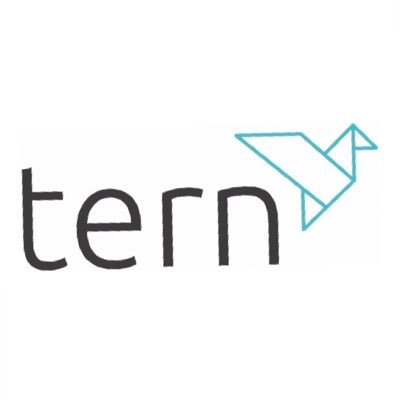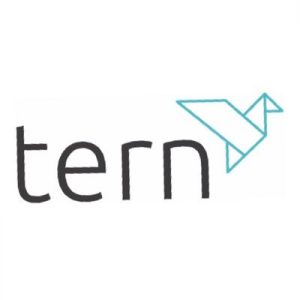Knowing how to value your business is crucial when planning to sell or raise capital. Both buyers and investors will require insight into the business’s current financial standing and its projected performance. A variety of methods are available to calculate a business’s value, and it’s important to choose the right one based on the nature of your company.
One of the most well-known methods is the price-to-earnings ratio, which compares a company’s stock price to its earnings. This is useful for public companies, as it provides an indication of whether the stock is overvalued or undervalued. However, it isn’t suitable for smaller, privately held businesses.
For a simpler approach, many look at the revenue generated over a specific period, such as a financial year. By dividing this figure by the number of weeks, you can get an understanding of the business’s weekly revenue. While this method is straightforward, it does not account for the business’s profitability, costs, or investments.
For younger companies with less financial history, the times revenue method can be useful. This approach multiplies the revenue by an accepted multiple, which tends to vary by industry growth rates. Though helpful for businesses in fast-growing sectors, this method comes with risks, as the rate of growth is not guaranteed. Similarly, it doesn’t consider profitability or the business’s costs and assets.
Established companies with steady income often benefit from the discounted revenue method, which factors in inflation and the risk of unexpected costs. This method is particularly appealing to investors, as it helps them gauge whether an investment can be recouped within a certain timeframe.
Another common valuation metric is EBITDA (Earnings Before Interest, Taxes, Depreciation, and Amortisation), which is often used to measure a company’s underlying profitability. While some view EBITDA as a valuable indicator, others argue it overlooks important expenses, such as capital and depreciation costs.
For businesses rich in assets, calculating the net book value (NBV) is a practical method. This involves adding up the value of both tangible and intangible assets, such as property, equipment, and intellectual property, then subtracting liabilities like debts. This approach works well when combined with other methods, but it requires up-to-date records to accurately reflect depreciation, appreciation, and inflation.
The entry valuation method offers another way to understand a business’s worth, particularly for smaller businesses. This method estimates the cost of setting up an equivalent company, considering expenses like assets, payroll, and marketing. While it doesn’t provide insights into future profitability, it’s useful for understanding current business value, especially in niche markets.
For non-niche businesses, comparable analysis is a popular approach. By assessing similar businesses in the market, you can gauge the value of your own company. However, it may not offer much detail about the unique characteristics of your business, limiting its effectiveness for investors.
valuing a business requires a mix of approaches to gain a comprehensive understanding. Combining methods like revenue-based calculations with asset valuation or entry costs can provide a clearer picture of a business’s true value. Depending on the industry and specific circumstances, selecting the right valuation method is essential to presenting an accurate financial outlook to potential buyers and investors.
Tern plc (LON:TERN) backs exciting, high growth IoT innovators in Europe. They provide support and create a genuinely collaborative environment for talented, well-motivated teams.


